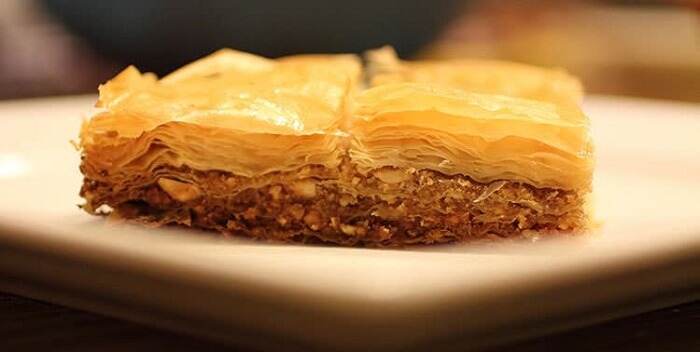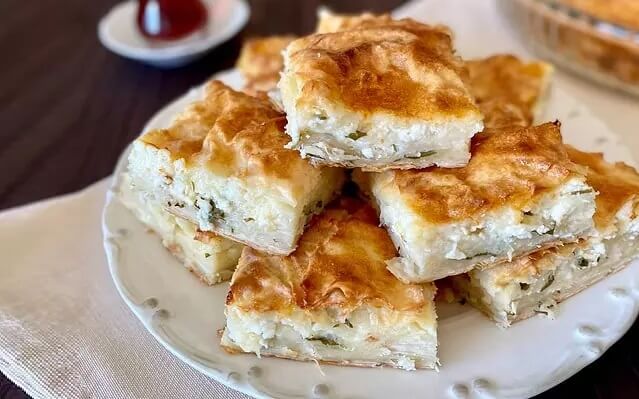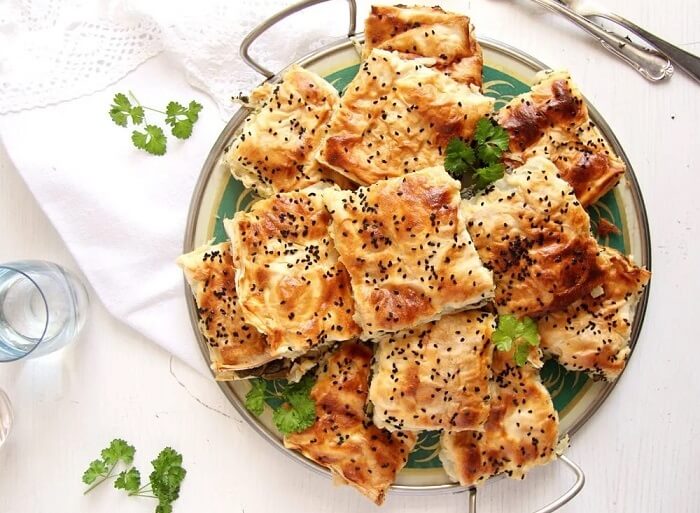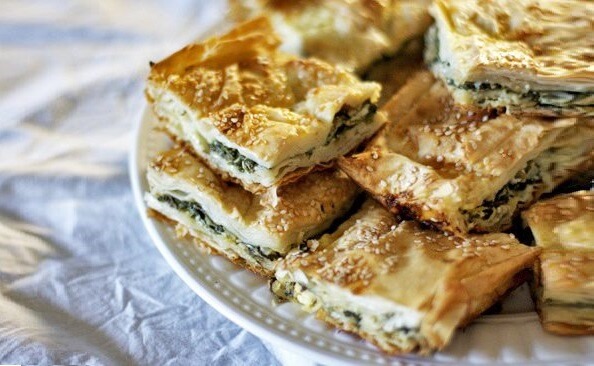Discover the fascinating world of ğuf, a traditional Turkish pastry that has become a favorite in many kitchens. In this article, we’ll delve into the benefits of ğuf, share tips for making this delectable treat, and explore its rich flavors and variations. Whether you’re a pastry enthusiast or simply curious about international cuisine, this article is worth a read to uncover the secrets of ğuf and how it can tantalize your taste buds.
Ğuf, pronounced “guff,” is a traditional Turkish pastry that has captured the hearts and palates of people worldwide. This delectable treat consists of layers of flaky dough, creating a light and airy texture that is simply irresistible. Ğuf is traditionally made by rolling and folding the dough multiple times to achieve its distinct flakiness. It is then either boiled or baked to perfection, resulting in a golden-brown pastry that is as beautiful as it is delicious.
Benefits of Ğuf: Exploring the Goodness Within

Ğuf has gained popularity not only for its delicious taste but also for its various health benefits. Let’s take a closer look at why indulging in ğuf can be a delightful choice:
Ğuf, a traditional Turkish pastry, is made with a balanced macronutrient ratio, making it a satisfying snack or dessert option. It is low in fat and provides a good source of carbohydrates, giving you an energy boost without compromising your health goals. Furthermore, the filling in ğuf often includes nutritious ingredients like almonds, walnuts, raisins, and dried fruit, adding a touch of wholesomeness to this delectable treat.
Studies suggest that consuming moderate amounts of nuts, such as almonds and walnuts, may reduce heart disease risk. When these heart-healthy nuts are incorporated into the filling of ğuf, you enjoy the sweet taste and support your cardiovascular health. Additionally, dried fruits like raisins provide essential vitamins and minerals, making ğuf a nutrient-dense pastry.
Making Ğuf: Unleashing Your Inner Pastry Chef

Now that you know the benefits, let’s explore the process of making ğuf. Although it may seem daunting initially, with a little practice and patience, you can master the art of creating this traditional Turkish delight in your kitchen. Here’s a step-by-step guide to help you get started:
- Prepare the dough: The foundation of any ğuf lies in its flaky layers. To achieve this, combine flour, butter, margarine, and a pinch of salt. Knead the dough until it becomes smooth and elastic, then let it rest for a while.
- Create the filling: While the dough rests, prepare your chosen filling. The possibilities are endless, from traditional options like almond or walnut fillings to more adventurous variations like apple or chestnut ğuf. Ensure the filling ingredients are finely chopped and mixed well to create a flavorful blend.
- Assemble and shape the pastry: Roll out the dough into thin sheets, and cut it into rectangular pieces. Spoon the filling onto one side of each piece, leaving a border around the edges. Gently fold the dough over the filling, sealing the edges with water or egg wash.
- Bake to perfection: Preheat your oven to the recommended temperature, usually around 350°F (175°C). Place the assembled ğuf on a baking pan and bake until they turn a golden brown color. The exact baking time may vary, so keep a close eye on them to avoid overcooking.
- Sweeten the deal: Once the ğuf is out of the oven, you can enhance its taste by drizzling a sweet syrup. Some traditional recipes call for sweetened condensed milk, while others use a homemade syrup made with sugar, water, and citrus flavors like lemon or orange zest. The choice of sweet topping is entirely up to you, so feel free to get creative and explore different flavor profiles.
Getting Started with Ğuf: Brief Overview

If you’ve never heard of ğuf, you might wonder what makes this Turkish pastry so special. Ğuf is traditionally a flaky, layered pastry that can be enjoyed as a snack or dessert. Its name derives from the Turkish word “ğuf,” pronounced as “gee-foo” or “guff.” With its origins deeply rooted in Turkish culinary history, ğuf has become a favorite in many kitchens nationwide.
Making ğuf involves layering thin sheets of dough and filling them with various ingredients like nuts and dried fruits. Once baked to perfection, ğuf offers a delectable combination of textures and flavors. The pastry’s crispy exterior contrasts with the soft, sweet filling inside, creating a taste of the exotic that will transport you to the vibrant streets of Turkey.
Tips for Making Ğuf: Mastering the Art of Turkish Pastry

To ensure your ğuf-making endeavors are successful, here are some helpful tips to keep in mind:
- Use fresh ingredients: The quality of your ingredients plays a significant role in the outcome of ğuf. Opt for fresh nuts, dried fruits, and other fillings to enhance the taste and texture of your pastry.
- Experiment with flavors: While traditional recipes are a great starting point, don’t be afraid to get adventurous. Consider adding spices like cinnamon and vanilla to your fillings or incorporating unique flavors like mulberry çiçekli şişe (mulberry-stuffed rice cake) or peach-stuffed rice cake.
- Serve it warm: Ğuf is best enjoyed when served warm. Whether indulging in it as a dessert or a snack, heating the pastry slightly before serving enhances its flavors and adds an extra level of enjoyment.
The Allure of Traditional Desserts: Ğuf as a Turkish Delight

In Turkish cuisine, desserts hold a special place, and ğuf is no exception. As a traditional Turkish dessert, ğuf has been savored for centuries and is a beloved treat in modern times. The combination of flaky layers and sweet fillings makes ğuf a dessert that appeals to people of all ages and tastes.
Whether hosting a dinner party, attending a special occasion, or simply craving something indulgent, ğuf is a perfect choice. Its versatility lets you pair it with savory dishes like kebab or manti or enjoy it as a standalone dessert. With its rich flavor profile and delightful textures, ğuf promises to satisfy even the most discerning sweet tooth.
Conclusion
ğuf is a delightful Turkish pastry that combines the art of baking with the joy of indulging in a sweet treat. Whether you realize its benefits for your health or appreciate its delicious flavors, ğuf has something to offer everyone. So, don’t hesitate to explore the world of ğuf in your kitchen and embark on a culinary adventure that will transport you to the vibrant streets of Turkey.
Summary
- Ğuf, a traditional Turkish pastry, offers a delightful culinary experience with flaky layers and sweet fillings.
- Ğuf provides various health benefits, including a balanced macronutrient ratio, heart-healthy nuts, and essential vitamins from dried fruits.
- Making ğuf at home involves preparing the dough, creating the filling, assembling and shaping the pastries, and baking them to perfection.
- Tips for making ğuf include using fresh ingredients, experimenting with flavors, and serving warmly for an enhanced experience.
- Ğuf is a traditional Turkish dessert that can be enjoyed on its own or paired with savory dishes, making it a versatile treat.

